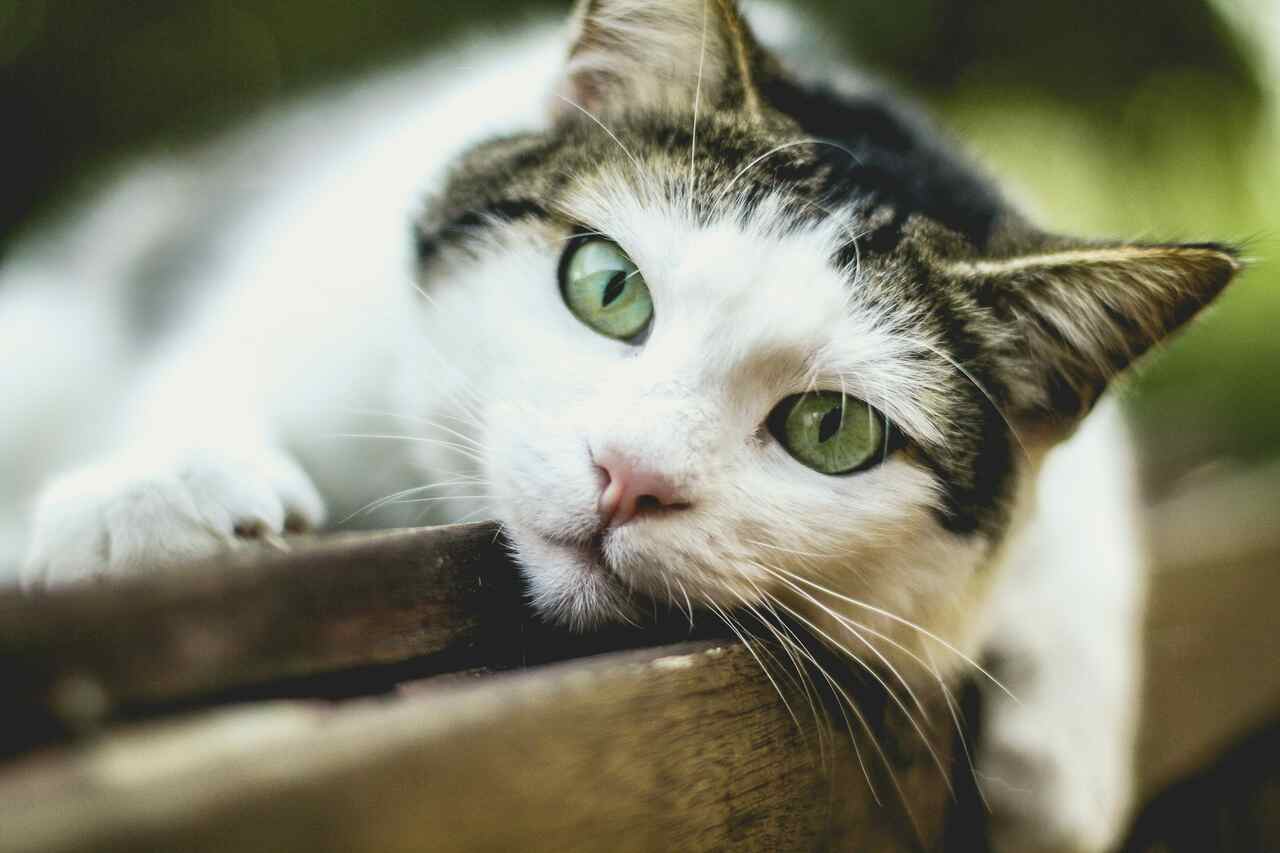
Communicating with cats is really not an easy task. After all, we don’t speak the same language. Fortunately, a 2020 study revealed an unusual way to talk to your cat and ensure they pay attention.
+ Video: Dogs and cats engage in fierce battles to see who gets to stay on the bed
+ Can cats forget their owners? Study answers
According to the study published in the scientific journal Scientific Reports, the key lies in smiling more at them. However, don’t interpret smiling in the human way, that is, showing your teeth, but in the feline way, by narrowing your eyes and blinking slowly.
By observing interactions between cats and humans, scientists confirmed that this expression causes cats, both familiar and unfamiliar, to approach and be more receptive when they see a human blinking slowly at them.
The expression is interpreted by felines as a kind of cat smile. With this in mind, a team of psychologists developed two experiments to determine if cats behaved differently toward humans who blinked slowly.
In the first experiment, the owners blinked slowly at 21 cats from 14 different households. Once the cat was settled and comfortable in a part of the home environment, the owners were instructed to sit about 1 meter away and blink slowly when the cat was looking at them.
Cameras recorded the faces of the owner and the cat, and the results were compared to how the cats blink without human interaction. They found that cats were more likely to blink slowly back at their humans after the humans blinked slowly at them, compared to the condition without slow blinks.
The second experiment included 24 cats from eight different households. However, this time it was not the owners who blinked, but the researchers, who had no prior contact with the cat. For a control, the cats were recorded responding to a no-blink condition, where humans looked at the cats without blinking.
The researchers conducted the same slow blinking process from the first experiment, adding an outstretched hand toward the cat. They discovered that not only were the cats more likely to blink back, but they were also more likely to approach the human’s hand after the human blinked.
This study is the first to experimentally investigate the role of slow blinking in cat-human communication, according to Karen McComb, a psychologist at the University of Sussex. “As someone who has studied animal behavior and owns a cat, it is great to be able to show that cats and humans can communicate this way,” she said in a 2020 statement.
“Understanding the positive ways in which cats and humans interact can improve public understanding of cats, enhance feline well-being, and tell us more about the socio-cognitive abilities of this little-studied species,” added psychologist Tasmin Humphrey from the University of Sussex.
This content was created with the help of AI

